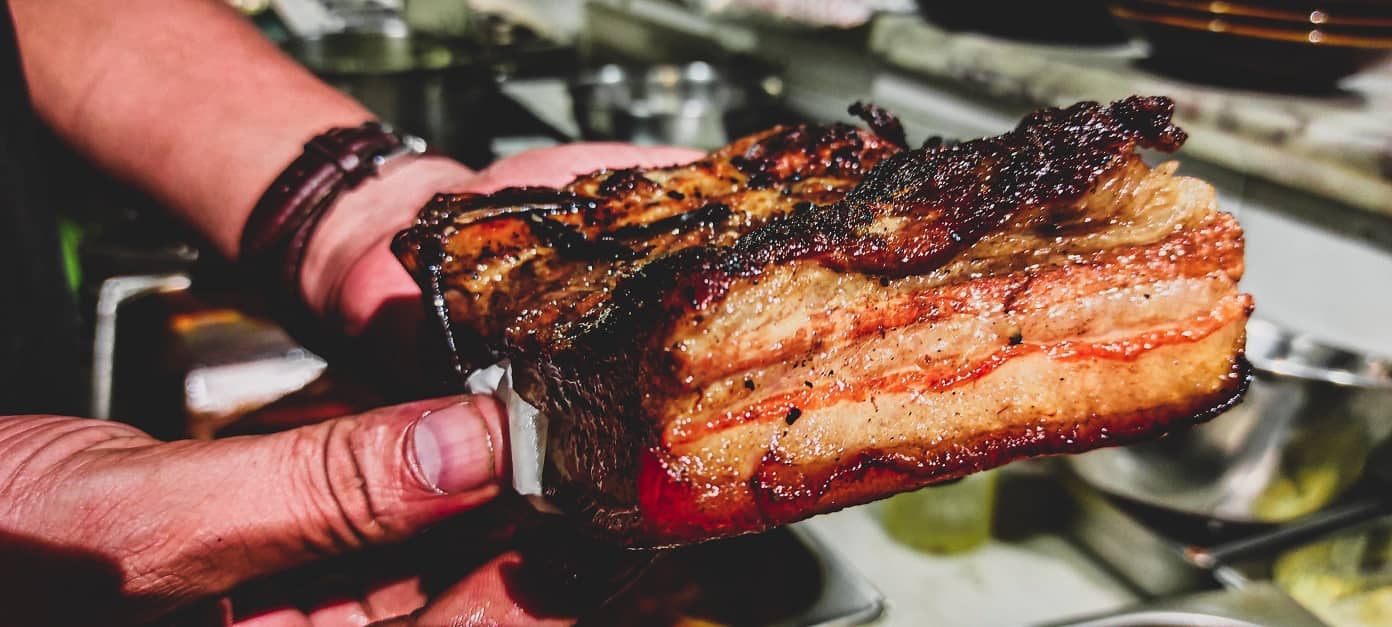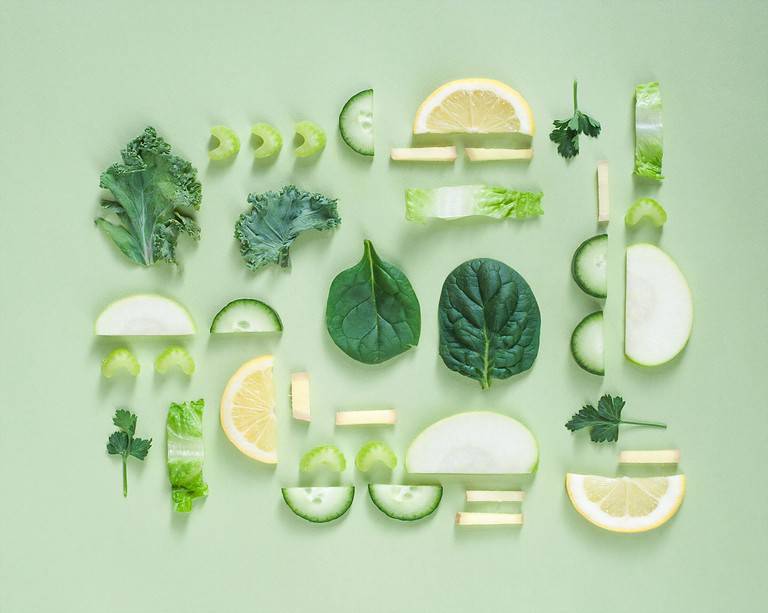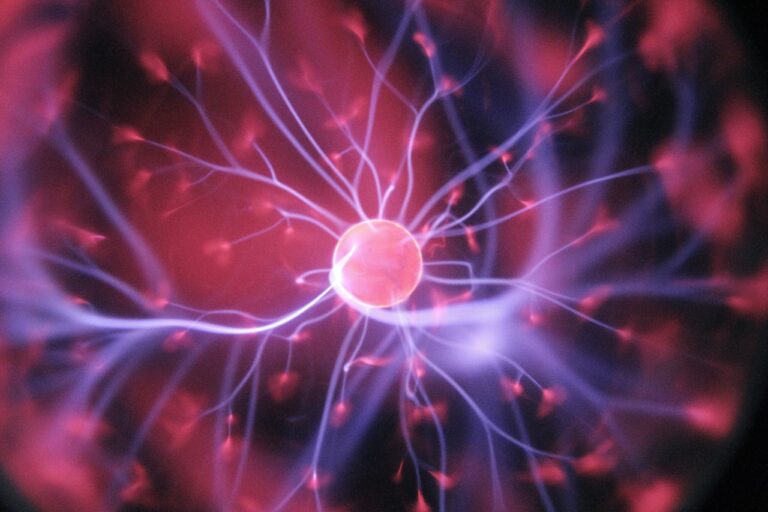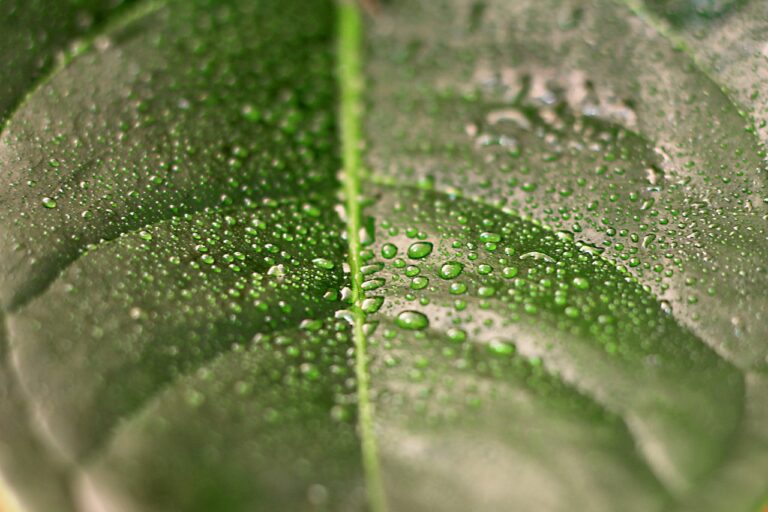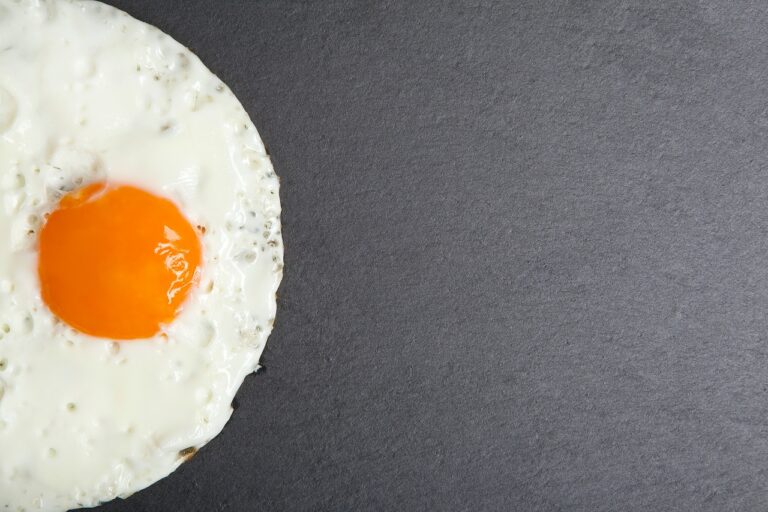Lipids
Fats have a reputation as bad guys in the biochemical processes of our bodies, mainly because of their impact on our cholesterol which reportedly is one of the causes of cardiovascular complications. There is a massive media chase against them, but a one-sided perspective on this issue won’t take us too far in understanding these magnificent compounds.
The Bad Guys Or Not At All?
Lipids have many important roles, they are a highly concentrated energy source, cell membranes are mostly built of them and they regulate many bodily functions such as temperature, appetite, hormones, fertility and nerve electrical impulses out of many.
Vital organs such as the heart, kidneys, and liver are protected by visceral fat. The composition of the brain is outstandingly 60 percent fat, demonstrating the major structural role that fat serves within the body. It also pads our hands and buttocks and prevents friction, as these areas frequently come in contact with hard surfaces.
So, like with anything we put in our bodies, it is always a matter of quantity, so don’t pile yourself up with excess consumption of fatty food, especially if it is a type of high-carb food, like fries or donuts. Instead, learn to feel in your body when it is time to stop eating, rather than leave that decision to your taste buds alone.
The Types of Lipids
So what are they? What’s in them? What are they made of?
There are 3 main types of lipids, they are:
- fatty acids,
- phosphoglycerides and
- steroids.

(credit:thebiologynotes.com)
Most widespread fatty acids (more than 95% of lipids in our diet ) are triglycerides or triacylglycerols, which we commonly call fats (solid at room temperature) or oils (liquid at room temperature).
They are esters of fatty acids and glycerol, which is an alcohol. Besides solidness, two other factors are important for the distinguishment of fats and oils – the size of the fatty acids and the presence of double bonds (if they’re present they have only cis geometry naturally – remember those trans fats that only occur in processed food?).
Double bonds put cramps in the carbon-carbon chain structure, so oil, or unsaturated fats, can’t stack together parallelly, inhibiting fat’s ability to solidify at room temperature. When you treat oil with hydrogen you can form single carbon-carbon bonds out of double bonds and make saturated fat.
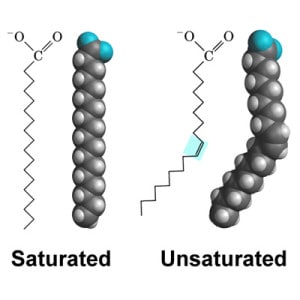
But that process of hydrogenation is often partial and incomplete which leads to the change of cis to trans geometry of certain atoms, and those trans fats don’t have a good reputation considering their impact on our bodies.
If you think this is complex, you saw nothing, but bear with me
So these are simple lipids, and there are complex ones. Not getting too far into that complexity, two major groups are phosphoglycerides and sphingolipids, which have numerous functions in our bodies, as part of cell membranes, muscle, nerve and brain tissues.
And a separate group is steroids, which are mostly sourced from cholesterol as the most abundant precursor for steroid synthesis. Cholesterol is a component of the cell membrane and affects its stiffness. We get it from the diet, but most of it is produced by our body, our liver can produce it in case of any insufficiency.
Construction walls
Lipids are used in the construction of cell membranes, with the formation of so-called lipid bilayers which are built in a way that water-loving portions of the molecules are on the outside protecting the water-hating edges that are placed inside.

(credit: Encyclopædia Britannica, Inc.)
The ratio of saturated and unsaturated fatty acids determines the membrane fluidity, as saturated forms parallel stacked structures without “holes”. Much needed ingredients or impulses must go in some way through this bilayer, and it is done passively through channels running directly through the membrane, or by pumps that must use additional energy to push the ingredients through (as Na-K pump that uses energy from hydrolysis of ATP molecules).
Lipids vs. carbs
Lipids’ primary function is energy reserve, in contrast to carbs which are a ready source of instant energy. A fat gram is densely concentrated with energy and it contains more than double the amount of energy than a gram of carbohydrate. But, if you consume too many carbs that can not be used instantly, they will most likely turn into fat, so high-carb fatty food would be the main cause of excess fat in your body, and not the intake of the fats alone.
So what should you do?
We should be mindful of lipids intake, because removing the lipid elements from food also removes the food’s fat-soluble vitamin content (A, D ,E and K) and phytochemicals (lycopene in tomatoes and beta-carotene in carrots).
While some body fat is critical to our survival and good health, in large quantities it can be a deterrent to maintaining good health.
So, we can’t live without lipids, but smart choices regarding their type and quantity intake are much needed in our everyday lives.

